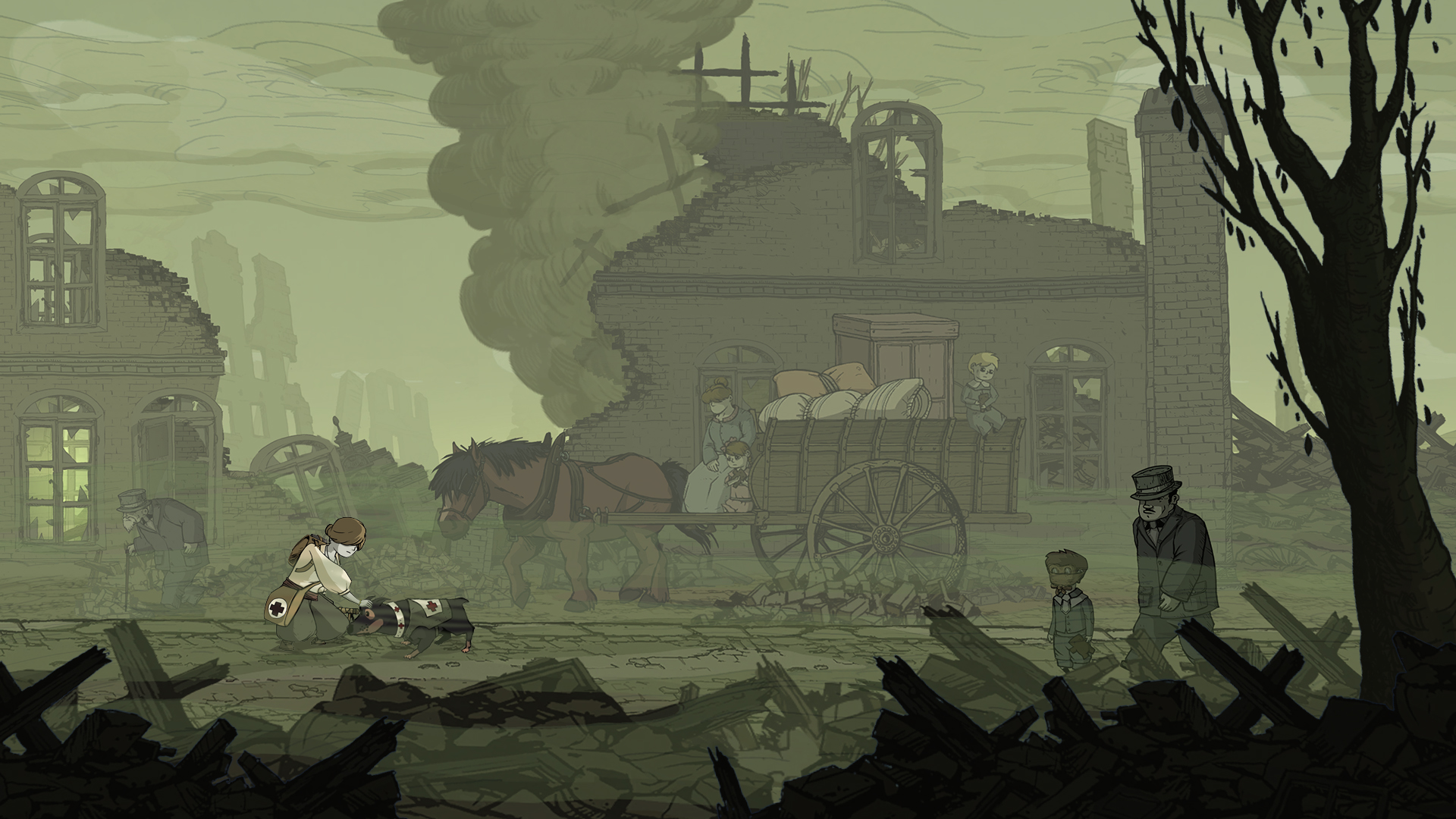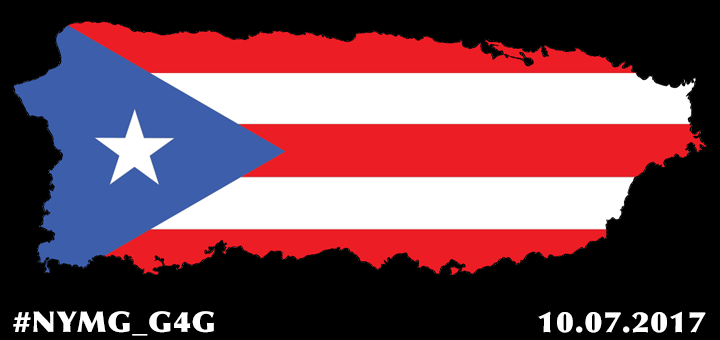The reserve army of the bored zombie the earth,
fiddling with their cell phones, checking their watches.
Boredom is the meter of history.
–McKenzie Wark
I love games. My friends love games. My students love games. We are a society in love with games: game-shows, reality games, board games, online games, video games, computer games, mind games, challenging games, easy games, and the new buzz word “gamification.” James Paul Gee, in What Video Games Have to Teach Us about Learning and Literacy, argues that, “When people learn to play video games, they are learning a new literacy” (13). For Gee, games give us practice in reading, writing, socializing, strategic thinking, collaboration, problem solving, and all kinds of literacies. We should not ignore the educational power of games just because they are, dare I say, fun. This argument is not new.
But how we use games to teach more complex tasks, such as writing a research paper, has yet to be established. In this presentation I will talk about two ways educators have been using gaming in the classroom. One is bring games from outside the classroom, whether they are COTs or edutainment, into the classroom to help students get engaged in composition. The second path is that of gamification. Gamification, like it or not (I don’t) is exploding. People everywhere are talking about gamification, and many are wondering if gamification is the key to finally engaging our students. I will end with talking about the path I see as providing the most exciting potential for gaming and education.
Educators, and I certainly am implicated in this as well, have for a long time been bringing games into the classroom as a way to engage students. Whether it’s turning a short in class activity into a contest, or doing a rhetorical analysis of the McDonalds game, games help keep variety in a class that (according to our students) can be a drag. They show alternative methods of composing and making arguments. And let’s face it, they’re fun. Unfortunately, bringing games into a composition class has some pretty serious implications that I don’t think we’ve considered carefully enough.
First, setting up games as something decidedly separate from the space and chronos of the class reinforces the notion that fun and learning are two different things. Bringing in a game clearly demarcates everyday class activity from a “fun” activity. In this way it works counter to our intention, which is to enrich the learning process. Instead, we allow traditional and less engaging activities to remain as just that, and further separate them from fun. While the activity that day is enriched, unless you play games every day, something that is just not feasible for most classrooms, we are not really making composition any more engaging or even really acknowledging that many ways that games can actually teach us things.
Jeff Howard, author of Quests: Design, Theory, and History in Games and Narratives, writes “a search for meaning is not analogous to but rather intrinsic to the design of quests because of the literary history of quest narratives and their associations with religion and mythology” (2) (and as I will argue, education). This distinction is everything.
If we are to use Howard’s understanding of the quest, then an argument for bringing games into the classroom really starts to break down. We cannot, in light of Howard’s distinction, merely replicate skills for our students in a game setting and hope they translate those skills to more “important” endeavors. The meaning of the quest (or assignment) falls apart when used analogously. Instead it is intrinsic to the quest. Put simply, if we want our students to gain anything from a quest, we better make sure the quest itself is important. Separating games from the classroom undermines things that are intrinsically valuable in the games themselves and in the composing process.
Further, we have to recognize the contradiction in our attempts to use games pedagogically to productive ends. Jean Baudrillard says, “One of the strongest proofs that the principle and finality of consumption is not enjoyment or pleasure is that that is now something which is forced upon us, something institutionalized, not as a right or pleasure, but as the duty of a citizen” (80). Or more succinctly, as John Huizinga wrote, “Play to order is no longer play.” There may be no better way to kill something fun than to institutionalize it. Games, by definition, are something we do because we choose to or because we have free time (choose here is a tricky word, of course, as Baudrillard would say, it isn’t really a choice at all). School, on the other hand, via Althusser a “repressive state apparatus”: it not only traps the mind but traps the body (See “Ideology and Ideological State Apparatuses” for a complete discussion of state apparatuses). We force our students to be in class, and thus there is this compulsion on the part of the student and the teacher to make the experience worthwhile.
The second way people are talking about enhancing education through games is gamification. I worry a lot that the term gamification that is being misinterpreted and misapplied to education. I think it’s a fantastic step to have the wider public (or even our president) acknowledge that outdated, static methods for teaching literacy may not be effective ways to reach our students. I worry that because conceptions of gamification are shallow, and offer primarily cosmetic changes, that some really solid work that game theorists have done on gaming and the classroom will be disregarded when gamification fails. Those like Gee who have spent a career laying a solid theoretical and pedagogical groundwork for a large scale reconceptualization of education using engaging methods like gaming may very well be casualties if gamification fails to provide all it seems to offer.
Gamification is about applying gaming elements to something that is not a game. For example, to gamify an ad on the Internet would be to turn it into a clicking game so more people will click on it. It is a term from marketing[1], a term that is about making money and convincing people to engage in the simple act of clicking a mouse button. A fundamental design shift from the efficient to the enjoyable.
Gamification attempts to trick our students- to cosmetically change something in an attempt to make it appear to be more appealing. The problem with this is that our students see through this. Calling grades “levels” or calling assignments “quests” doesn’t actually interrogate the reasons why assignments aren’t engaging or grades aren’t effective incentives for increasing motivation. They merely attempt to make something fun by changing the name of it. This is a primary principle of what gamification does. And it doesn’t work for composition.
Even Jesse Schell, noted proponent off gamification advises that not everything can or should be gamified. “Chocolate is great… but does that mean we should throw chocolate on cottage cheese? No!” I argue that attempting to gamify education, using the contemporary understanding of gamification that I’ve covered, is like putting chocolate on cottage cheese.
Finally, and this is certainly controversial, but I worry that gamification may be great for getting people to complete simple tasks like recycling or pressing a button, but simply is too shallow to be very helpful for many of the complex tasks we require of our students. I’m not saying that it is impossible, or that gamifying is always going to fail, but that the principles of gamification as it is currently conceived is fairly unhelpful.
So, if we can’t gamify education, what should we do? This brings me to an option that I see as enticing for educators; I believe we can use a hybrid of procedural rhetoric and processes that are ALREADY present in gaming and in education. Working with students to see tradition, symbolic correspondence, narrative, space, characters, objects, actions, complexity, interrelatedness, strategic action, overcoming challenges, and even fun in the actual classroom can use the engagement of games for teaching complex concepts.
This is why I feel we need to reevaluate the terms we use to discuss gaming and education. Games can be a kind of resistance to the institution; it questions the notions of continual production, or often progression; in many ways gaming defies the rationality that we are imbricated in daily in the university. Games refuse to participate. Games refuse to become party to a (forced) educational institutionalization.
So, instead of focusing our scholarly attention on how we can “bring games into the classroom” let’s ask a different question. How can we see the classroom as a game? The word questre, the ancestor of our word quest, means “to seek” (Howard 2). What is education if not the seeking of knowledge? Our university system is already saturated with and indebted to Medieval tropes like the quest. Take, for example, the Roman hero. The code of Justinian decrees that one is a hero if he undergoes “at least three trials of courage in competition” (Clark 74). Bartolus and Baldus argue that by this law, scholars were heroes: students were tested by masters, then by the faculty, then in public (Clark 74). As Clark points out, “a rhetoric and theater of warfare, combat, trial, and joust have been central to scholastic and academic practices since the twelfth century” (75). Warfare, combat, trial, and joust are all synonymous with gaming.
Education and gaming’s shared link to Medievalism is an important connection, and the further we dig the more the distinction blurs. If it is indeed true that “scholars are conventionally depicted as heroic figures who embark on metaphorical voyages of exploration and conquest” (Trachsel 171), a teacher and a Dungeon Master may not seem like such different roles.
By recognizing ways the classroom is already a game, especially through procedural rhetoric and rhetorical processes (both laden in games and in education) we may be able to tap into familiar structures and practices, meeting students half way between play and work. Any game elements in the classroom, then, would be meaningful in that the quests, or assignments, themselves have meaning—as opposed to superficial and cosmetic approach to gamifying our classes. We don’t have to bring games into the classroom; they’re already there.
[1] Gabe Zichermann author of “Game-Based Marketing,”





2 thoughts on “Gaming the System in a System of Gaming: The Inherent Nature of Games in Pedagogy (aka, my CCCCs presentation)”
Gamification is a dangerous thing for lots of interesting reasons. In theory (and in best practice) I am in favor of it, but there are some folks who run screaming whenever they hear the word. Folks hear gamification and think “Oh my gosh, it’s a class about playing games”. It harkens back to the Ebonics debate when folks had a knee jerk reaction and ran screaming “Oh my gosh they’re going to teach my kid that ghetto speak”.
As a person who hopes to both use games well in the classroom and to use elements of gaming in pedagogically sound ways I cringe when folks throw the word gamification around willy-nilly. These are the folks who think that they are cutting edge because they call their assignments quests and because they replace grades with achievements without any real thought. This is not to say that taxonomy is not vitally important (because I think that it is in cases where all of this is done well).
So what I guess I am trying to say in my own rambling way is that gamification is a double edged sword. We just have to be careful not to cut ourselves